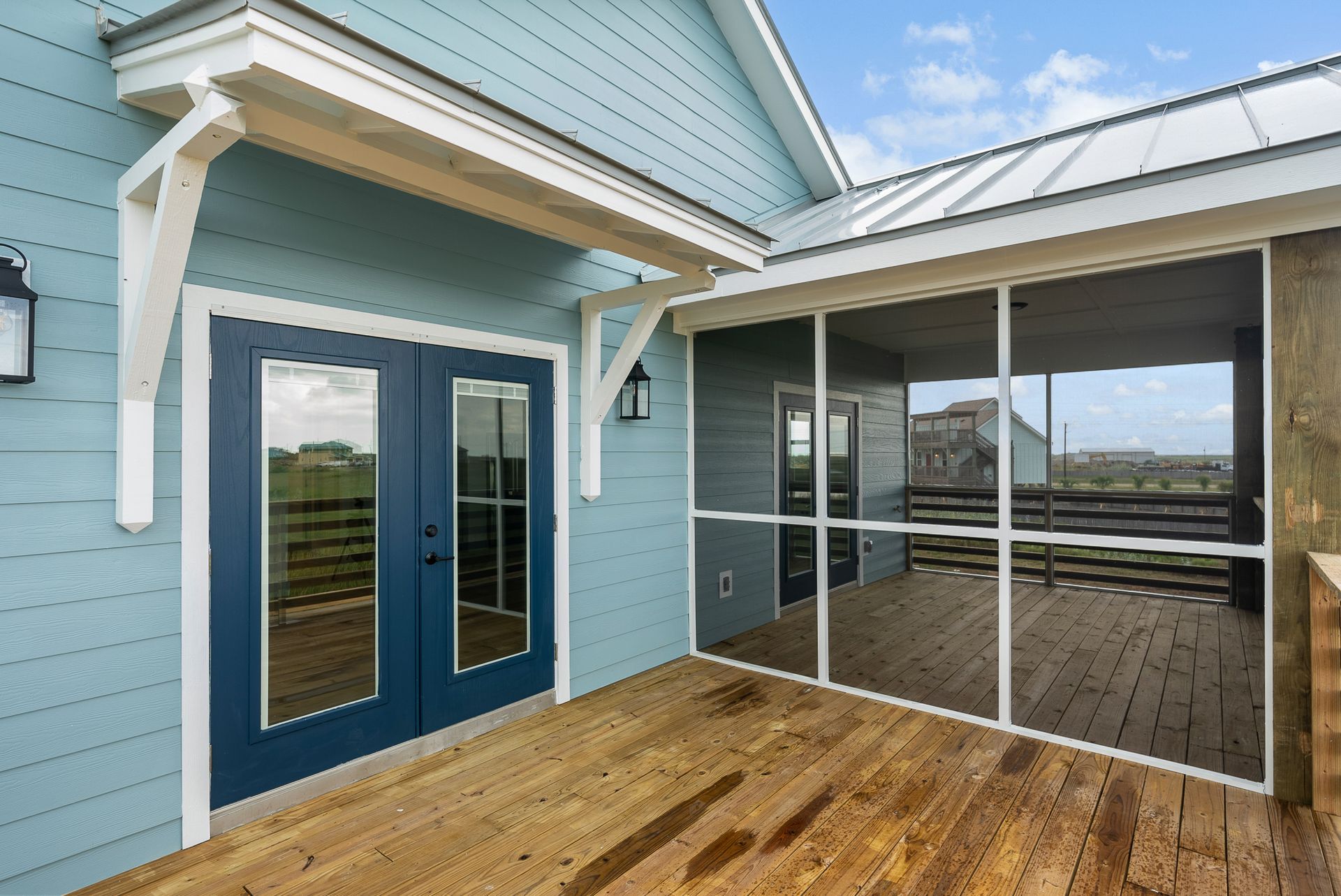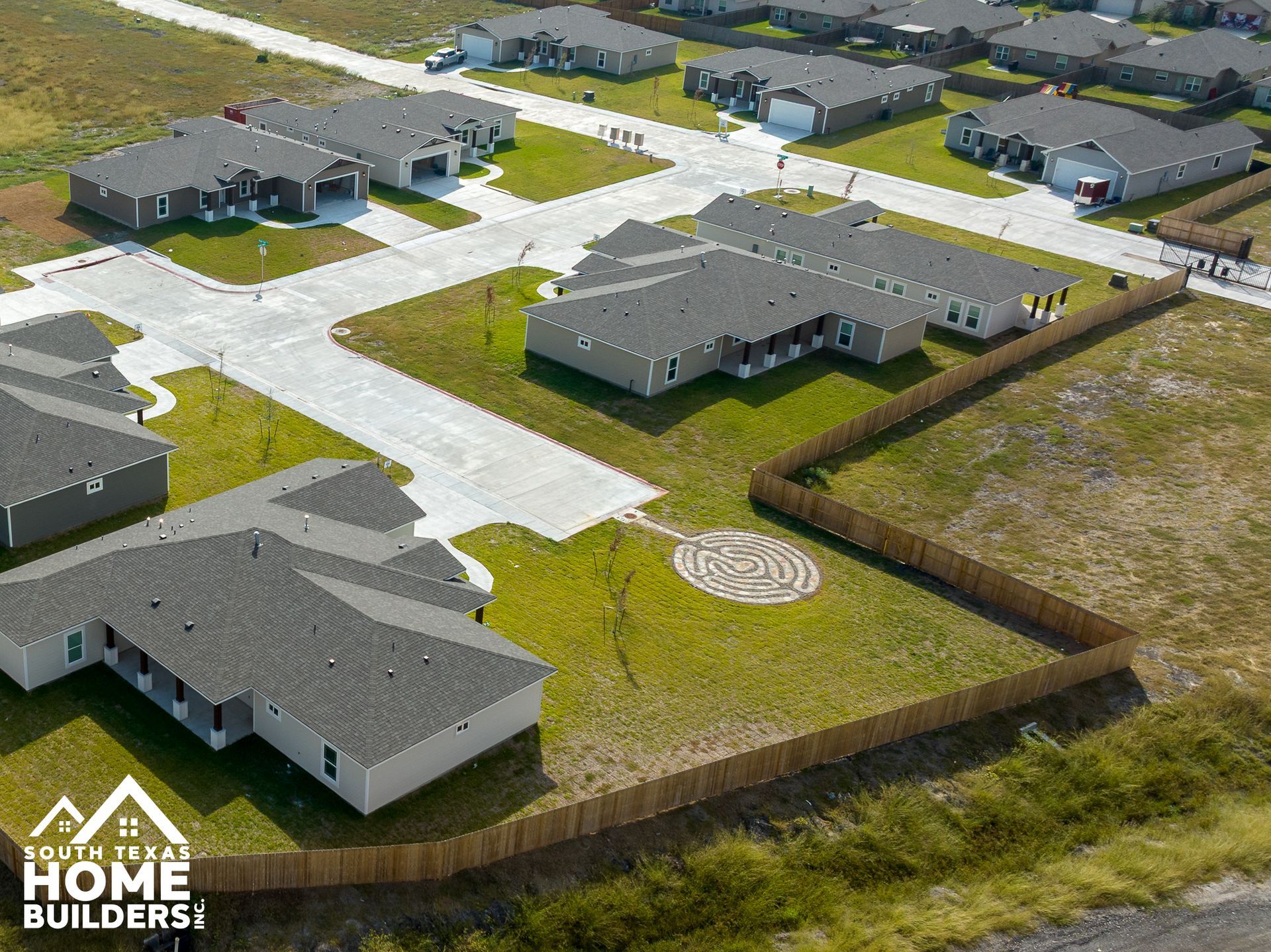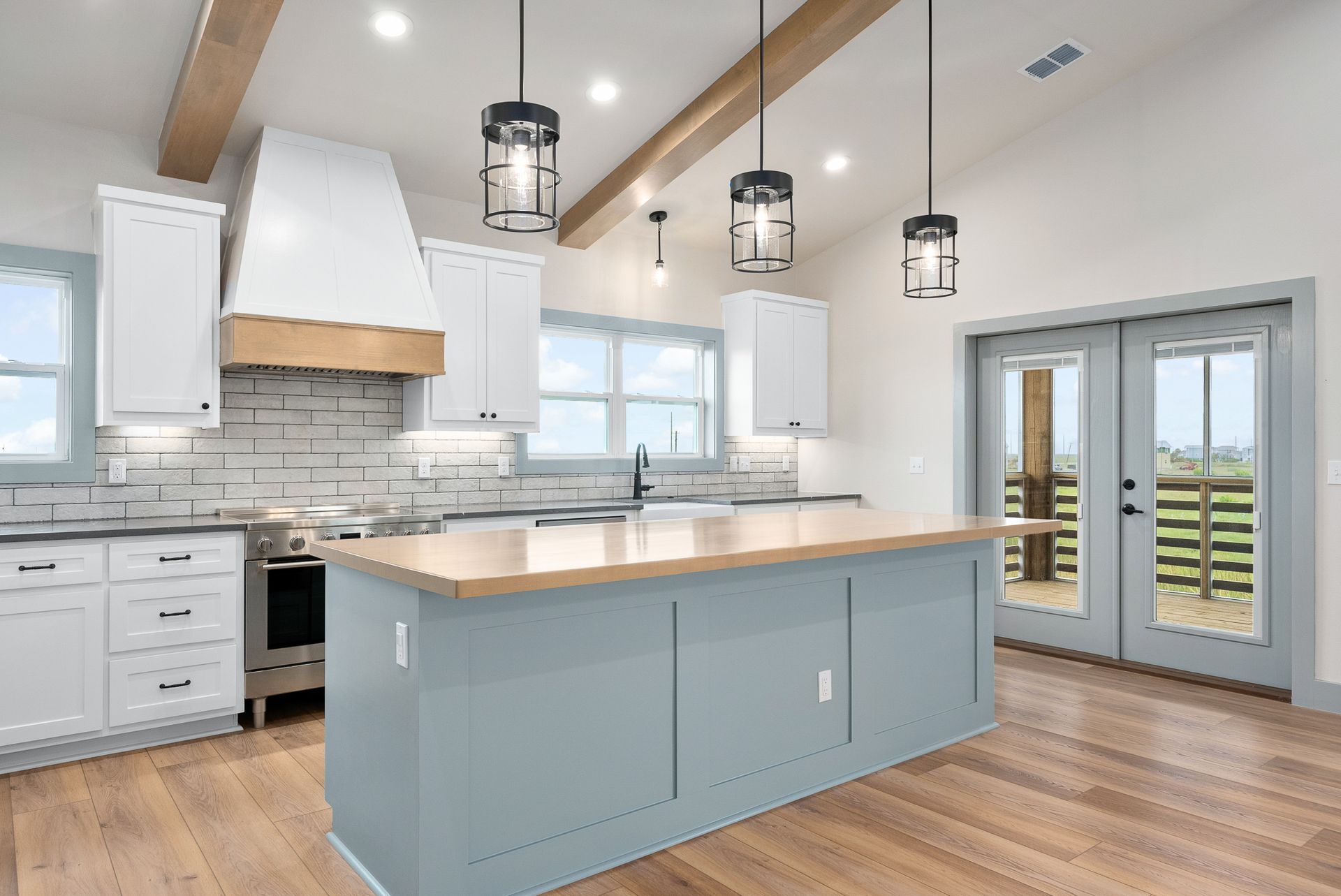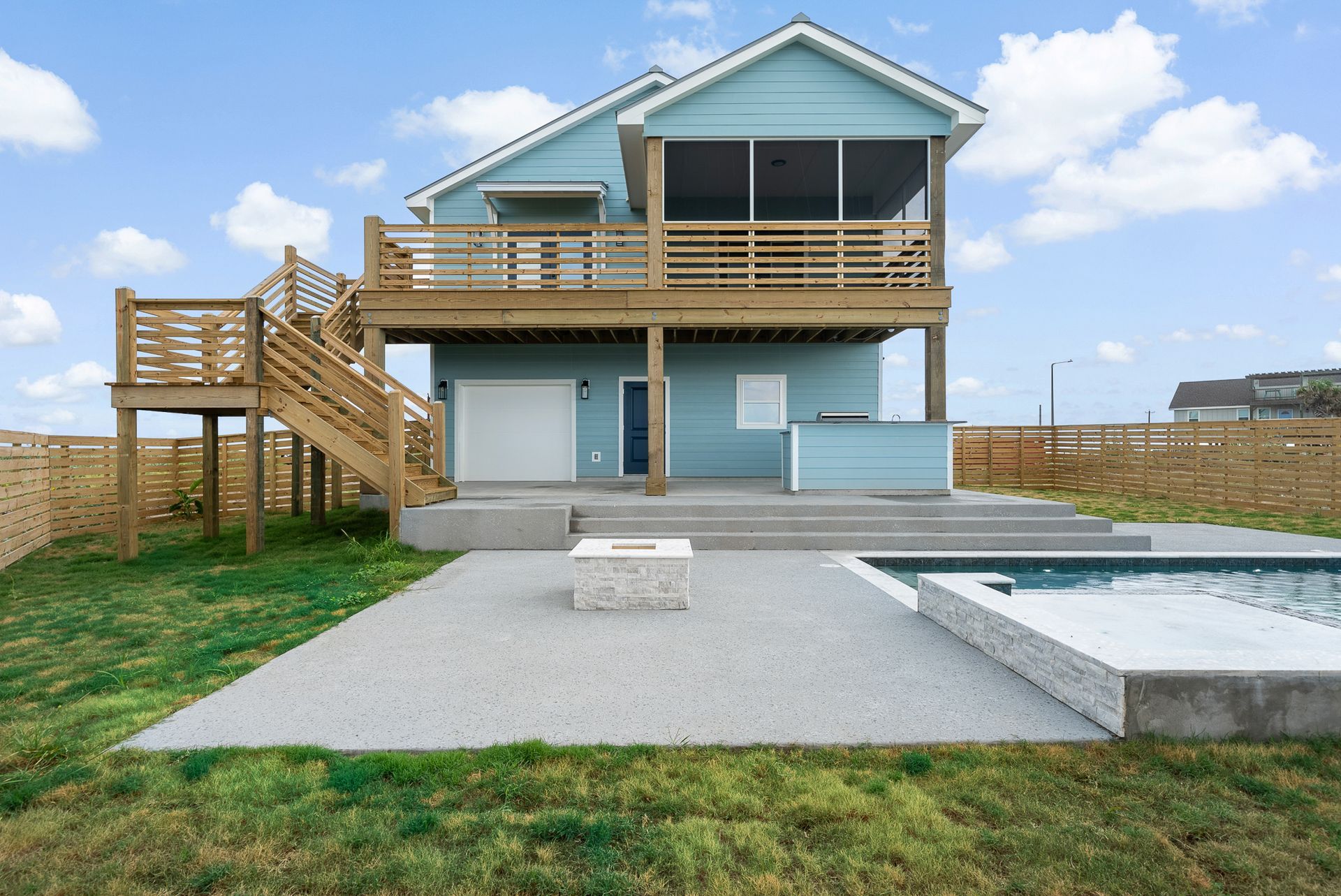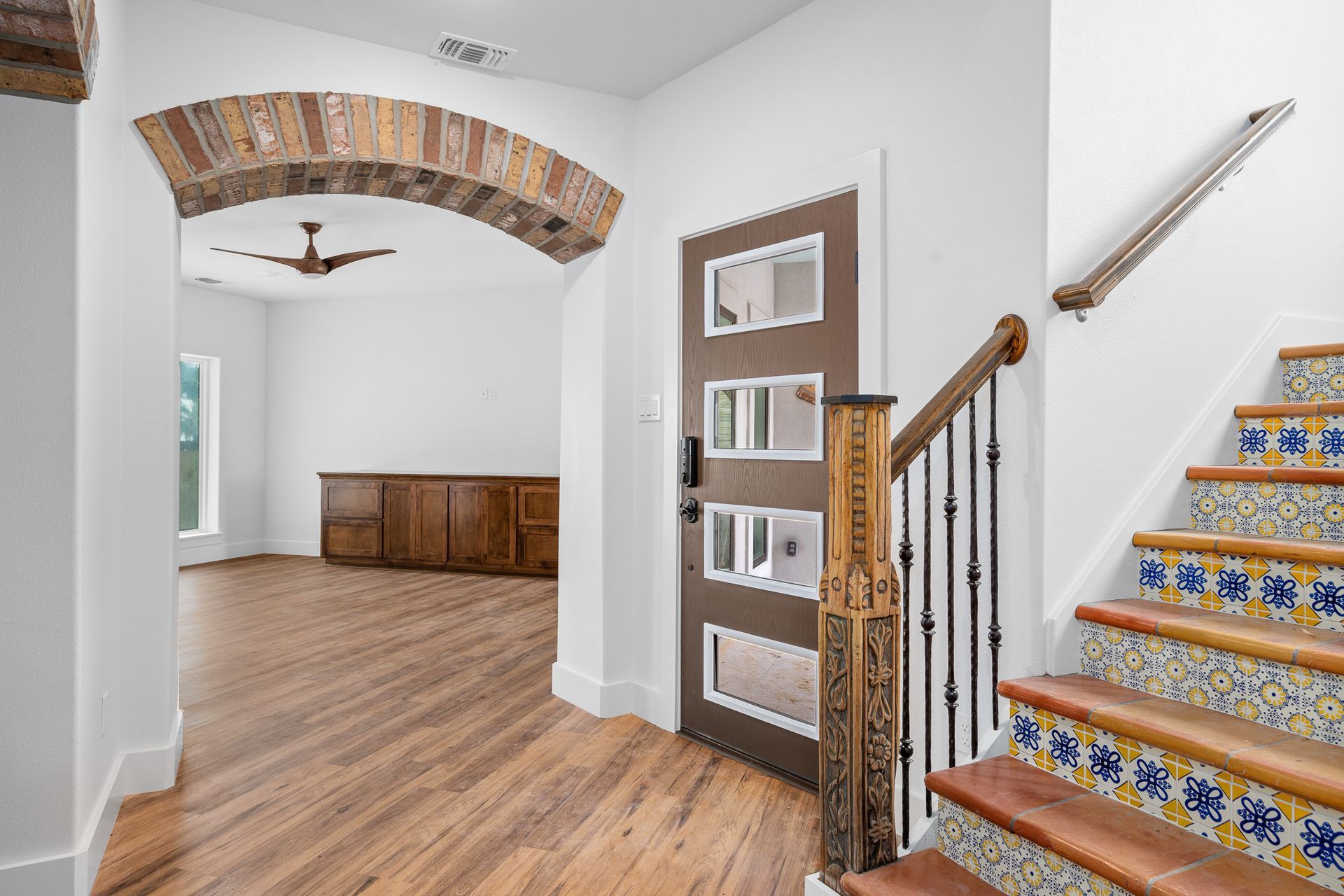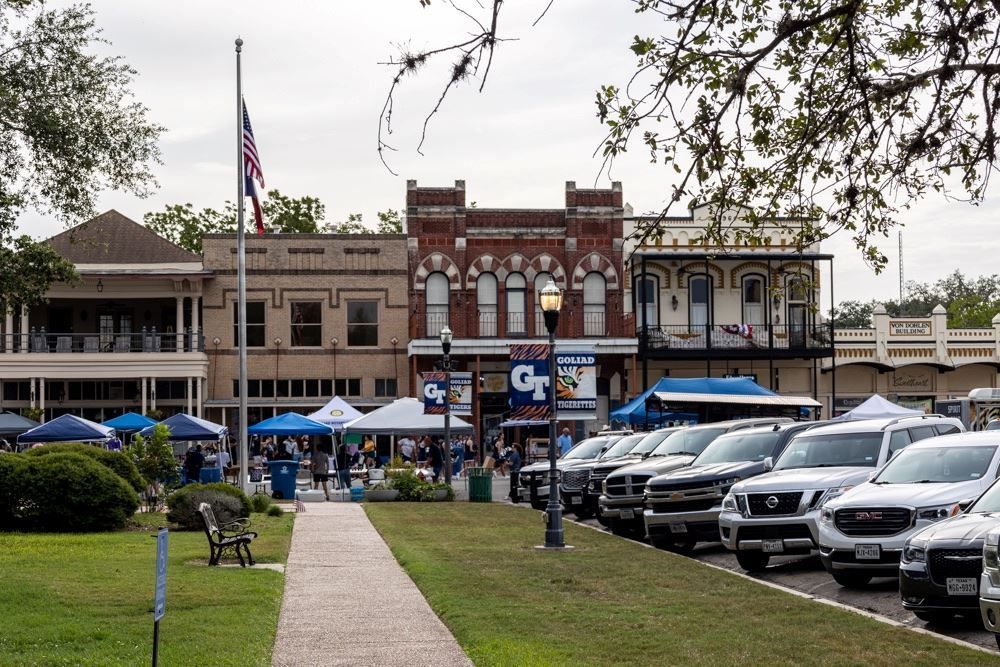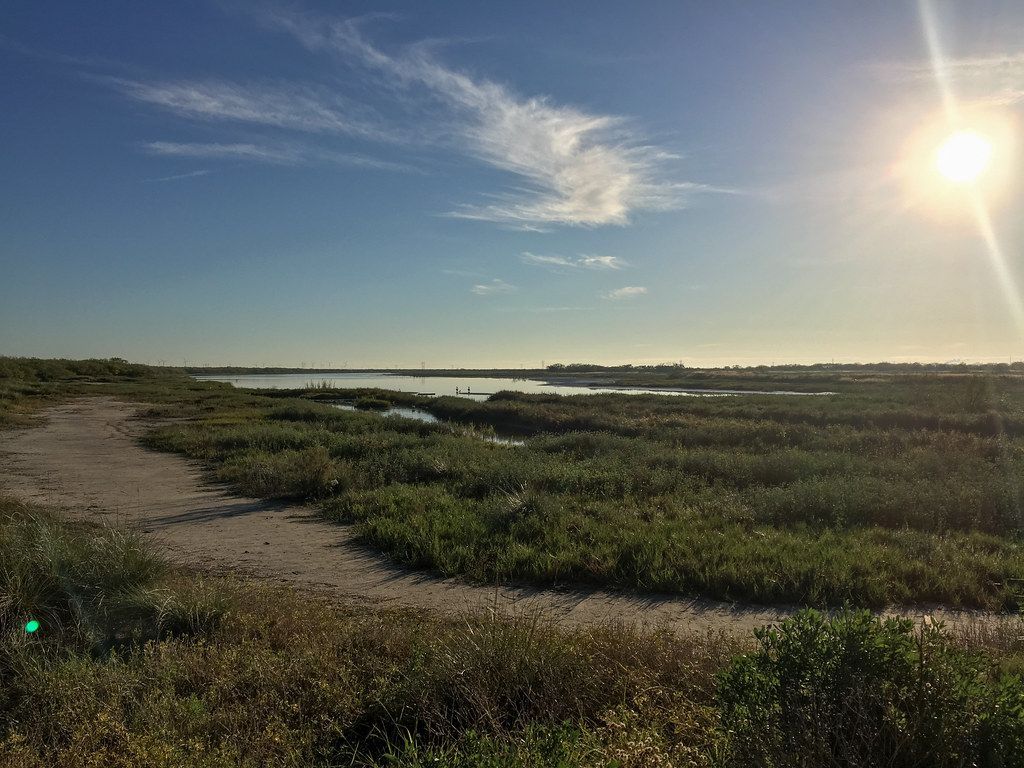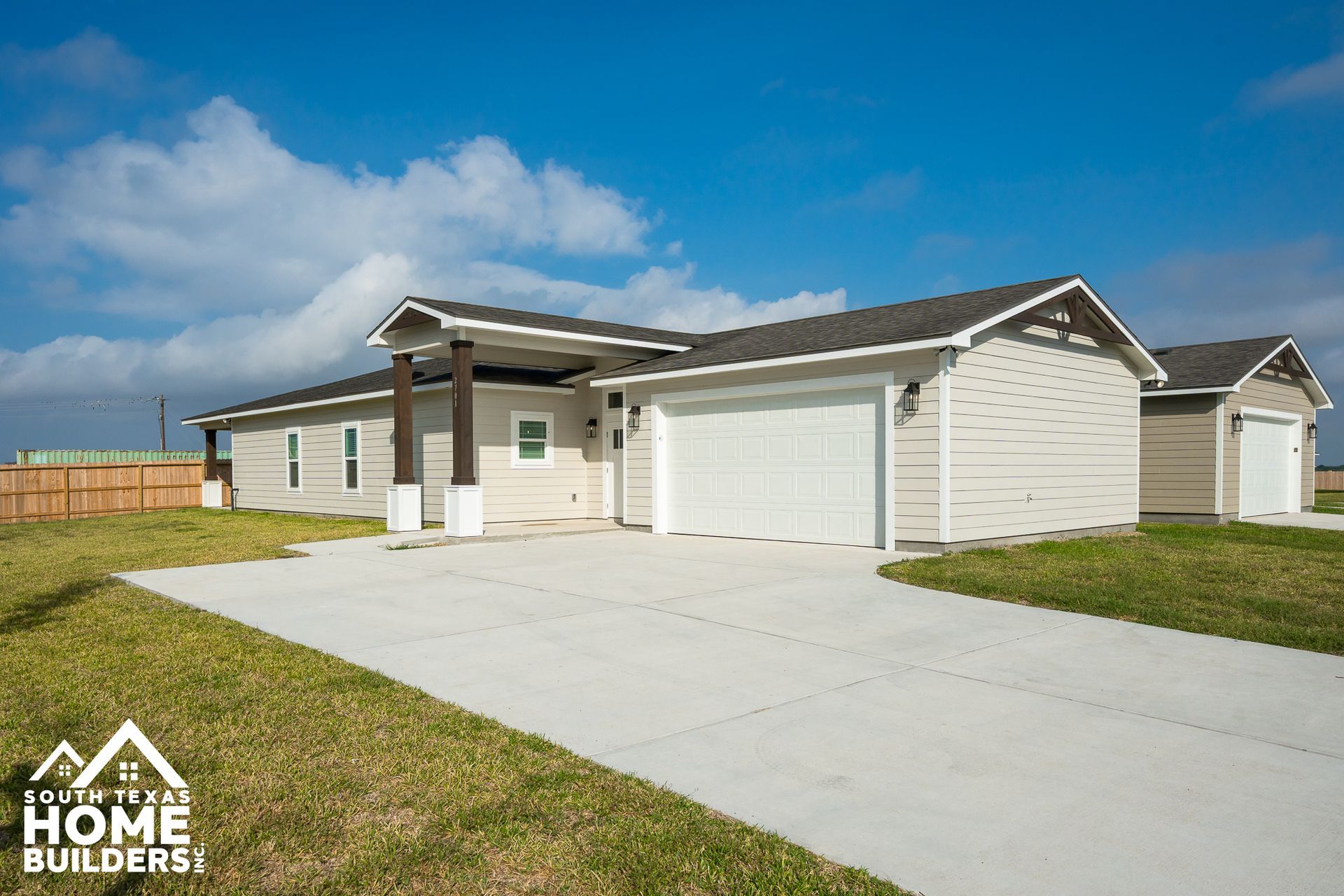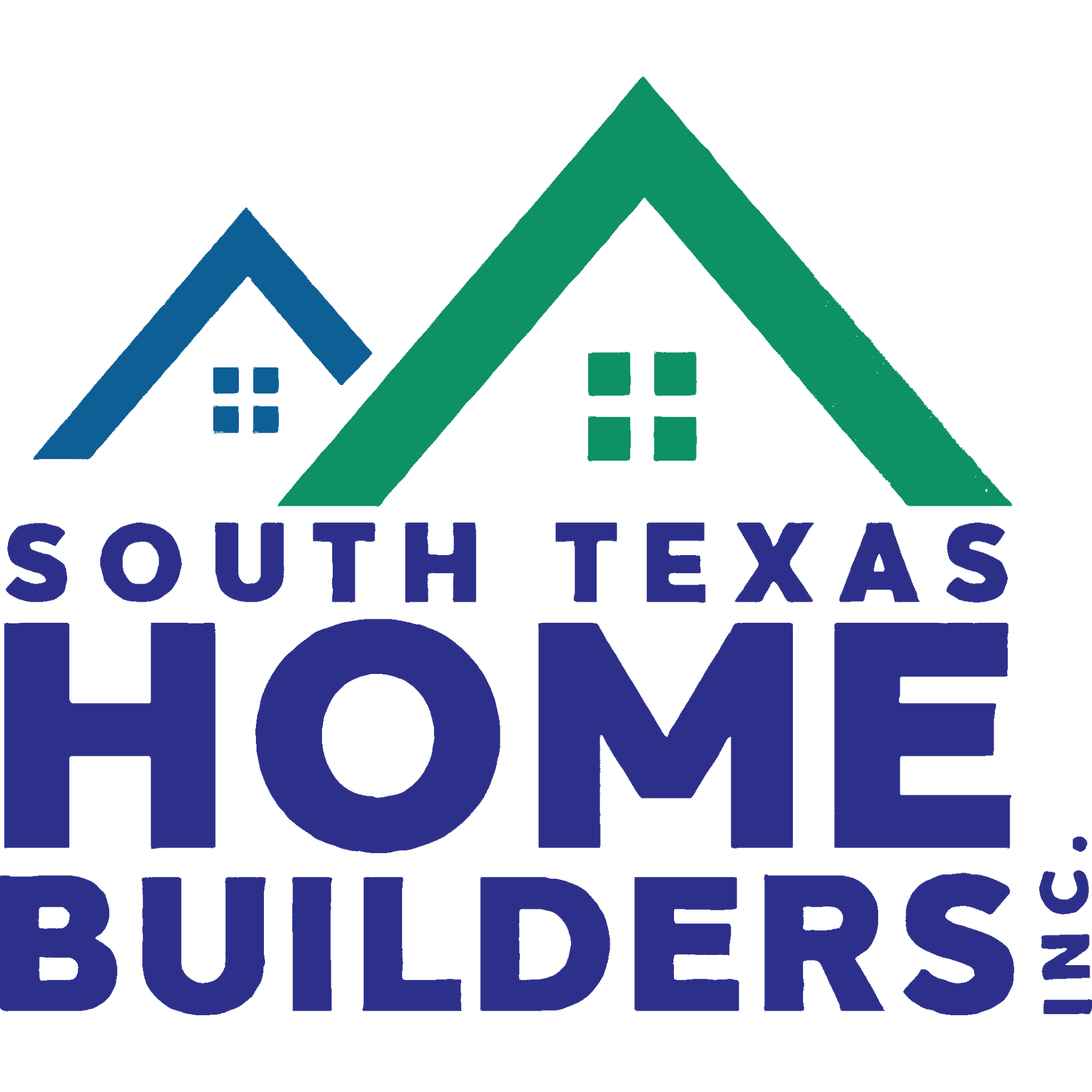Why October Is a Smart Time to Break Ground on Your Custom Home in South Texas

Building a home is always about timing. Land prices, labor availability, weather patterns, and even supply chains all affect how smoothly the process unfolds. In South Texas, few months offer a better window to start than October. The air is cooler, contractors’ schedules stabilize, and the climate gives you a head start before the new-year surge in permits and costs.
At South Texas Home Builders, we track these cycles closely to help clients plan efficiently. Here’s why fall is more than just comfortable—it’s strategic.
1. Favorable Weather and Ground Conditions
Summer heat slows production, while winter fronts can bring unpredictable rain. October sits perfectly between extremes.
- Cooler days mean better workmanship. Concrete cures more evenly, paints and sealants set correctly, and crews can work longer hours without heat delays.
- Soil moisture is balanced. After late-summer rains, the ground holds enough moisture to compact properly but not enough to bog down equipment.
- Drainage prep is easier. Establishing grade and erosion control before winter rain prevents early washouts.
Laying the foundation under stable conditions sets the tone for the entire build.
2. Scheduling and Labor Availability
Contractor calendars are cyclical. By October, many summer projects are finishing, and subcontractors begin looking for the next start.
- Better access to trades: framers, electricians, and roofers tend to have more open slots.
- More focused supervision: site managers can devote more attention before year-end rushes.
- Holiday slowdown buffer: groundwork done now means interior trades can continue comfortably through winter.
Starting before the new-year permits flood in often results in smoother inspections and less waiting between phases.
3. Pricing and Supply Timing
Material suppliers often adjust pricing in January. An autumn start lets you lock costs earlier.
- Price protection: quotes secured in fall usually hold through framing and exterior completion.
- Inventory advantage: windows, trusses, and mechanical equipment can be ordered ahead of the winter build queue.
- Year-end efficiency: vendors often offer incentives to clear remaining stock.
The outcome is predictability—fewer delays, fewer surprises, and better control of your overall budget.
4. Planning for a Spring Move-In
A typical custom build runs six to eight months. Beginning in October places you in an enviable position: interior finishes by late spring, landscaping and outdoor living spaces ready for summer.
It’s not just a calendar trick; it’s a lifestyle one. You move in when the weather’s mild, schools are out, and the coast is at its most inviting.
Building is about more than permits and plans—it’s about momentum. And October is when momentum and environment align.
NEWS

